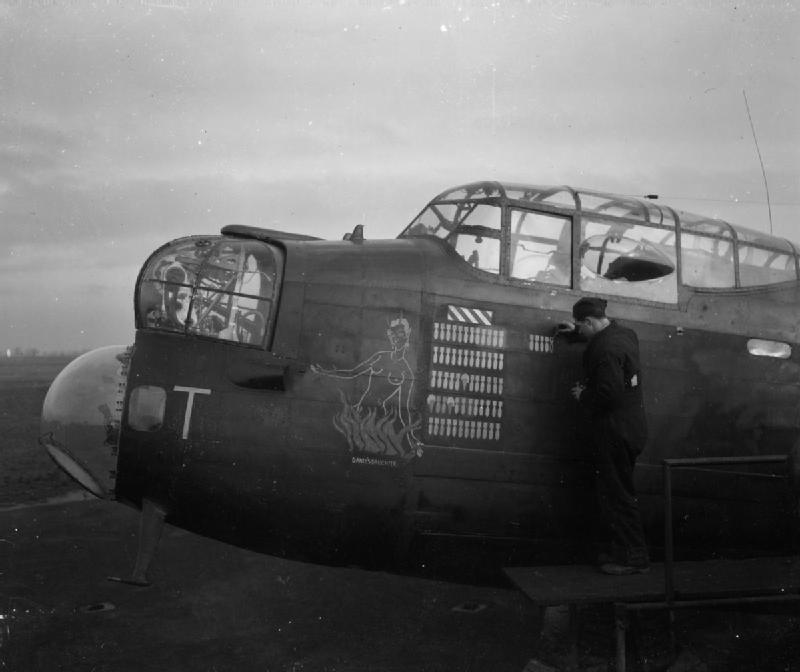No. 166 Squadron RAF on:
[Wikipedia]
[Google]
[Amazon]
No. 166 Squadron RAF was a
 Jefford 1988, page 64
Jefford 1988, page 64
Royal Air Force
The Royal Air Force (RAF) is the United Kingdom's air and space force. It was formed towards the end of the First World War on 1 April 1918, becoming the first independent air force in the world, by regrouping the Royal Flying Corps (RFC) an ...
squadron that formed just after the end of World War I
World War I (28 July 1914 11 November 1918), often abbreviated as WWI, was one of the deadliest global conflicts in history. Belligerents included much of Europe, the Russian Empire, the United States, and the Ottoman Empire, with fightin ...
. It was the first and one of only three to be equipped with the Handley Page V/1500
The Handley Page V/1500 was a British night-flying heavy bomber built by Handley Page towards the end of the First World War. It was a large four-engined biplane, which resembled a larger version of Handley Page's earlier O/100 and O/400 bombers ...
heavy bomber.
History
The squadron was formed on 13 June 1918 atRAF Bircham Newton
Royal Air Force Bircham Newton or more simply RAF Bircham Newton is a former Royal Air Force station located south east of Docking, Norfolk and north east of King's Lynn, Norfolk, England.
History
The site was first used during the First Wo ...
as the first squadron to be equipped with the Handley Page V/1500
The Handley Page V/1500 was a British night-flying heavy bomber built by Handley Page towards the end of the First World War. It was a large four-engined biplane, which resembled a larger version of Handley Page's earlier O/100 and O/400 bombers ...
heavy bomber. Designed for the long-range bombing role and particularly for raids on Berlin the squadron worked up with training on long-range navigation. It had three aircraft ready for the first operation but with the Armistice was not flown operationally. It continued to train but the RAF had decided to use the Vickers Vimy
The Vickers Vimy was a British heavy bomber aircraft developed and manufactured by Vickers Limited. Developed during the latter stages of the First World War to equip the Royal Flying Corps (RFC), the Vimy was designed by Reginald Kirshaw "Rex" ...
in the long-range bombing role so the squadron was disbanded.
The squadron was re-formed on 1 November 1936 at RAF Boscombe Down
MoD Boscombe Down ' is the home of a military aircraft testing site, on the southeastern outskirts of the town of Amesbury, Wiltshire, England. The site is managed by QinetiQ, the private defence company created as part of the breakup of the Def ...
from B Flight of 97 Squadron with the Handley Page Heyford III heavy bomber. Within a few months it had moved into the newly opened RAF Leconfield
Royal Air Force Leconfield or more simply RAF Leconfield is a former Royal Air Force station located in Leconfield (near Beverley), East Riding of Yorkshire, England.
The site is now used by the MoD Defence School of Transport Leconfield or ...
in Yorkshire. The Heyfords were eventually replaced with the Armstrong Whitworth Whitley
The Armstrong Whitworth A.W.38 Whitley was a British medium bomber aircraft of the 1930s. It was one of three twin-engined, front line medium bomber types that were in service with the Royal Air Force (RAF) at the outbreak of the Second World ...
in June 1939. The squadron was not used for operations but became a training squadron to prepare crews for front-line service. With the start of the war
War is an intense armed conflict between states, governments, societies, or paramilitary groups such as mercenaries, insurgents, and militias. It is generally characterized by extreme violence, destruction, and mortality, using regular o ...
the squadron moved to RAF Abingdon
Royal Air Force Abingdon or more simply RAF Abingdon was a Royal Air Force station near Abingdon, Oxfordshire. It is now known as Dalton Barracks and is used by the Royal Logistic Corps.
History
The airfield was opened in 1932, initially as ...
and it was disbanded on 6 April 1940 when it was absorbed into No. 10 Operational Training Unit.
142 Sqn and 150 Sqn were sent to North Africa but had enough surplus crews and equipment left behind at RAF Kirmington that they were re-formed on 27 January 1943 as 166 Squadron equipped with the Vickers Wellington
The Vickers Wellington was a British twin-engined, long-range medium bomber. It was designed during the mid-1930s at Brooklands in Weybridge, Surrey. Led by Vickers-Armstrongs' chief designer Rex Pierson; a key feature of the aircraft is its ...
. It did not wait to see action and two-days after forming, on 29 January, the squadron was part of raid on Lorient. It flew regularly night sorties as part of No. 1 Group Bomber Command and converted to the Avro Lancaster in September 1943. At the start of 1945 with a slow down in operation the squadron flew both day and night sorties but with the end of the war the squadron was disbanded, still at Kirmington, on 18 November 1945.
Aircraft operated
 Jefford 1988, page 64
Jefford 1988, page 64
Notes
References
* *External links
{{RAF squadrons 166